The motor of an electric bike (ebike) essentially converts electricity into mechanical energy. To visualize it better, the mechanical energy formed through this conversion can be seen differently depending on the type of motor your ebike uses. Mechanical energy is translated as the chain ring spinning in a mid-drive motor, while in a hub drive motor, it is the wheel that spins.
It is an integral part that propels the bike forward and a component that makes up an ebike. The motor of an ebike determines the level of comfort or speed it can provide to the rider.
How Does It Work?
The motor in an electric bike is working through a pedal assist. It helps especially by giving you a head start, which is hard for regular bikes. Active pedaling signals your motor to provide extra power and assist you with better speed. Sensors--cadence or torque -- help read these signals.
A cadence sensor is a straightforward sensor type because once you start pedaling, the motor receives a signal through a magnet attached to the other pedal. Although it is simple in design, it cannot detect the force the rider applies. Intuitively, the cyclist will exert more effort when climbing uphill, where most cadence sensors will not catch it. Some advanced designs are more intuitive and mitigated earlier problems like sudden jerks.
A torque sensor is an advanced design compared to cadence and is unusual. According to most users, this pedal-assist provides a smoother riding experience. Unlike cadence, this sensor can detect the force applied on the bike and can provide more accurate pedal assist–higher force will mean higher level assist. The sensor can reflect the input well in the pedal assist as if it almost automatically shifts the assistance level. Users prefer it because it is the closest to a standard bike.
What is Torque?
The torque of an ebike is a significant parameter in a motor’s performance. It provides power whenever overcoming steep terrain as it offers more acceleration.
Torque is the twisting force causing the object to rotate from a certain distance. Thus, the equation below represents its formula:
Torque = Force * Distance
Newton-meter (Nm) or pound-ft (lb-ft) is the unit of measuring torque. Some high-end ebikes can reach a torque of up to 100 Nm with better performance, making them superior to other bikes. Therefore, it is a factor that helps when deciding what ebike to choose and is not always about having high amounts of torque. It should be about what can satisfy your need for a comfortable and smooth ride.
Functions of Torque
- Efficiency and Range
Managing torque can lead to higher efficiency and preserve your battery as well.
- Climbing Ability
Low torque causes the ebike to struggle in climbing and makes it impossible to carry a heavier payload.
- Acceleration and Speed
Ebikes with higher torque tend to reach a higher top speed and can accelerate smoothly.
Types of Motor
EBike appeals to a wide range of individuals since it offers a boost provided by its motors. The two types of motors with pedal assist are hub-drive and mid-drive motors. They mostly have similar functions, but they are different in terms of build and performance. Generally, hub-drive and mid-drive motors differ in location in an ebike. Aside from that, there are other factors affecting its functionality and performance.
Hub-Drive Motor
A hub-drive motor is more common compared to a mid-drive motor. A hub-drive motor is in the position of either the front or rear wheel hub. A rear hub motor is more common compared to the front hub motor. Some bikes have this motor on both wheels.
A hub-drive motor is independent of its gears for operation since torque is applied directly to the wheel, which means the motor will require more power and carry more weight.
Mid-Drive Motor
A mid-drive motor is in the bottom bracket, in between pedals, of an ebike and is usually in pricier models. The gears influence the motors since they drive the front chainring of the ebike. Ebikes with this motor offer a smoother feel when pedaling, while it looks unique because manufacturers build the frame around the motor.
A mid-drive also uses torque sensors. A torque sensor detects force for smooth shifting in assistance levels. It is difficult when climbing terrains, so it is good that some mid-drive ebikes also have a throttle.
In terms of mounting, a mid-drive motor is in the middle, unlike a hub-drive, which is together with the wheel. So, a mid-drive motor can be replaced with ease if necessary.
Which Motor is Better?
Mid-Drive and Hub-Drive motors have their advantages and disadvantages — such as cost. A hub-drive motor is a straightforward design at a lower price, while a mid-drive motor may cost more due to its ideal functionality. If budget is not a concern, opting for a mid-drive motor is recommended. You will get your money’s worth through its performance and design. On the other hand, a hub-drive motor is less expensive and, therefore, the best choice for budget-conscious riders.

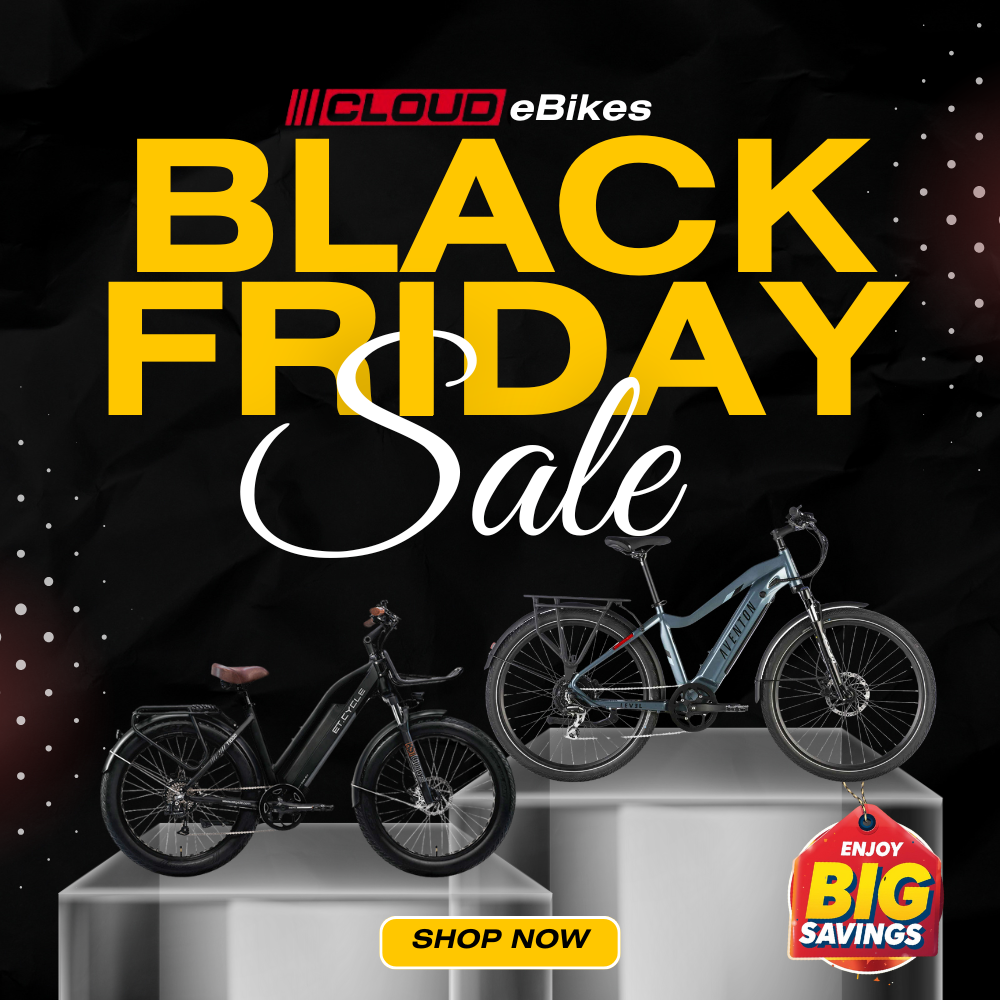

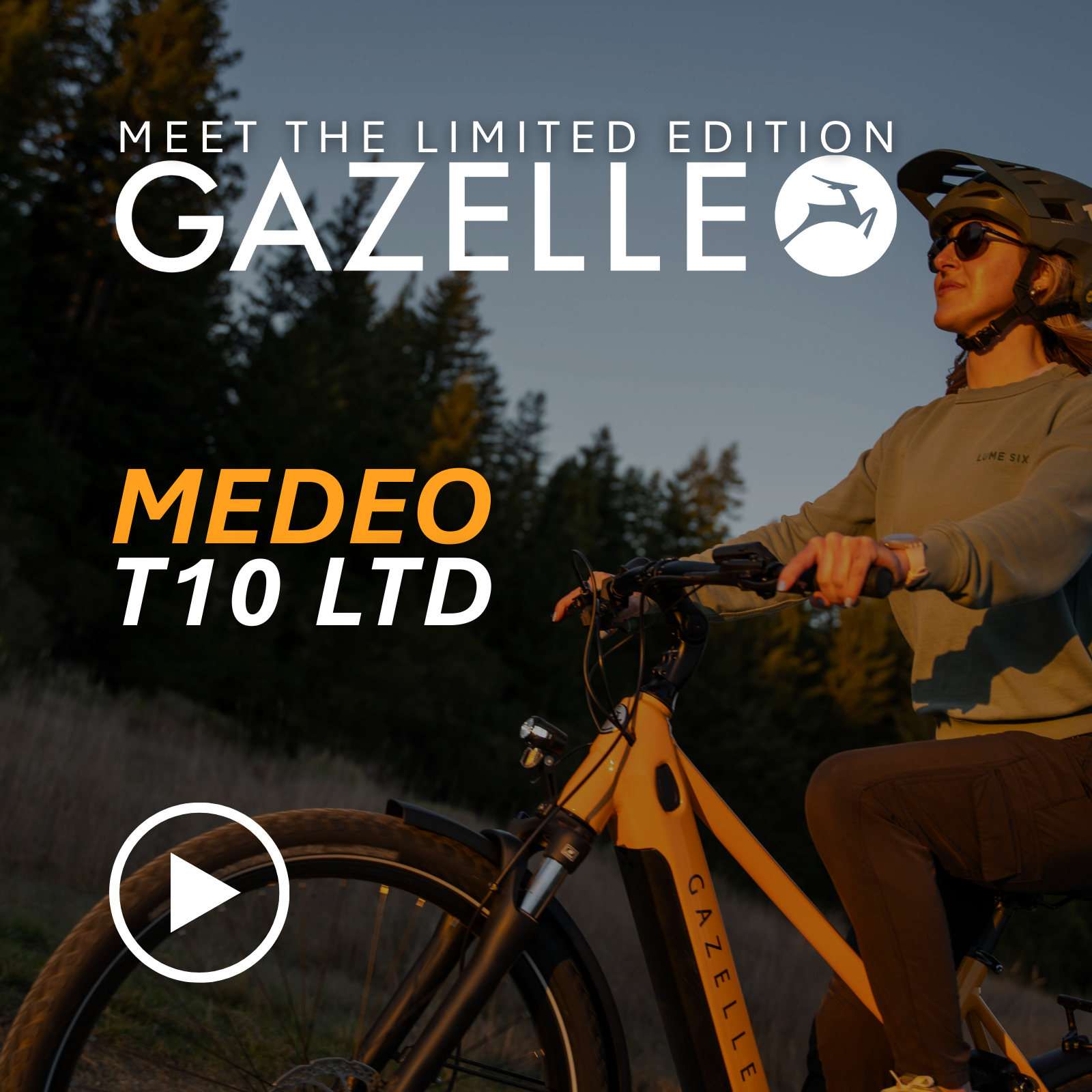
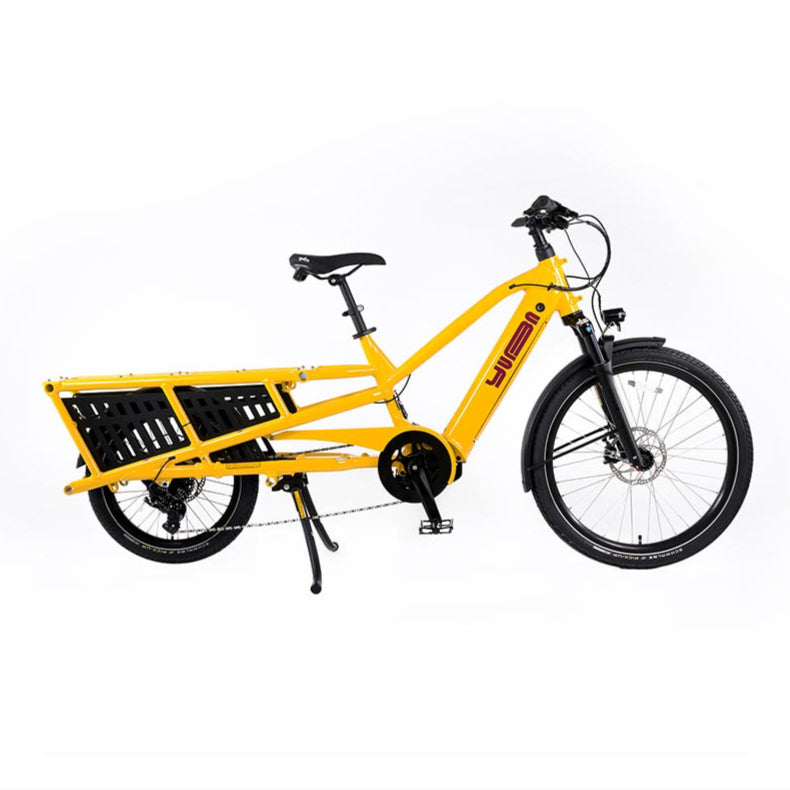

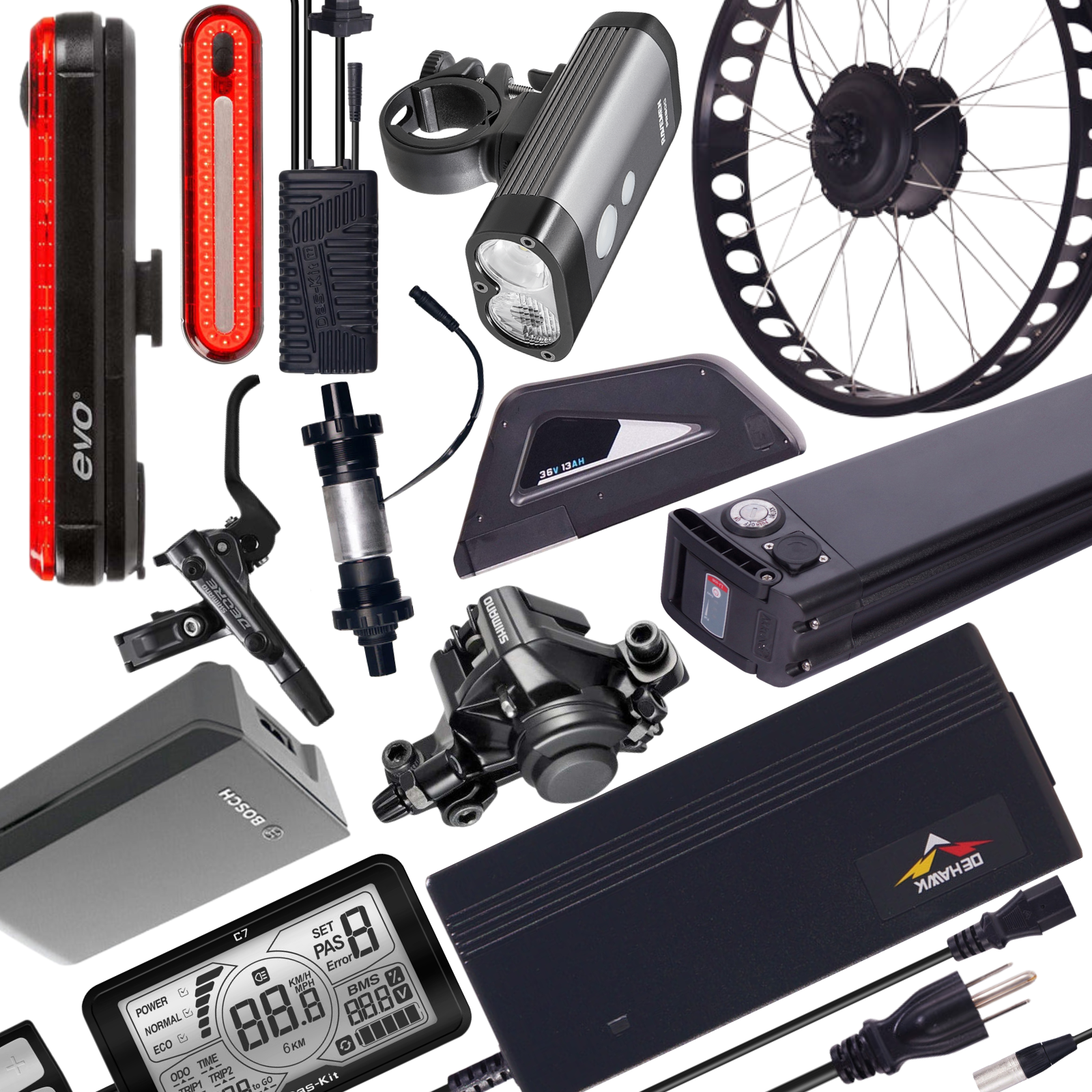


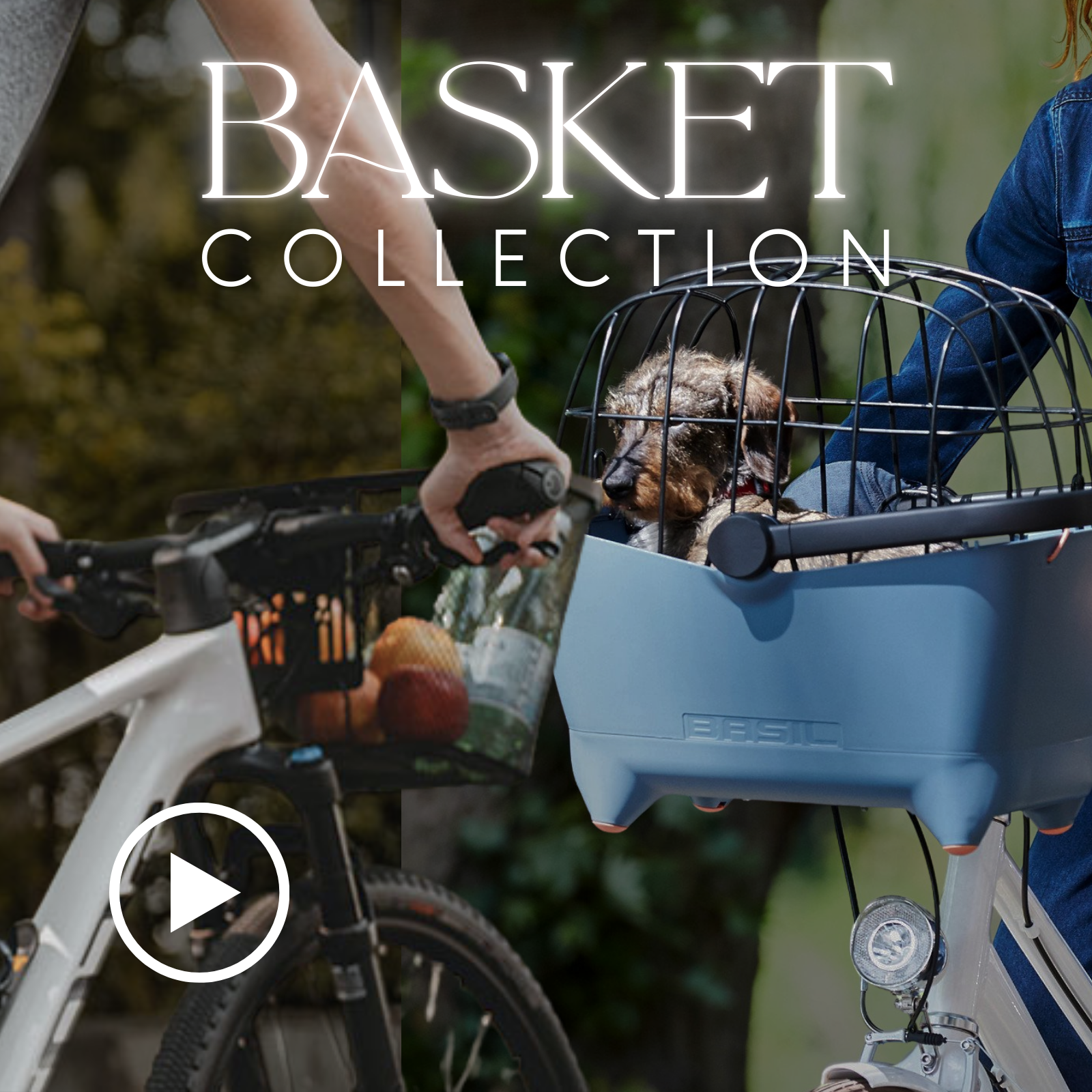





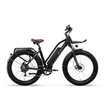





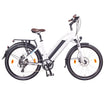
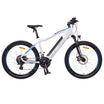
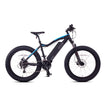





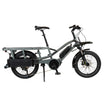

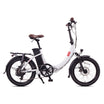
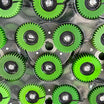

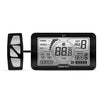

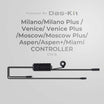



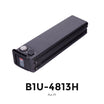


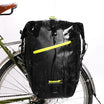
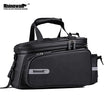
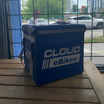


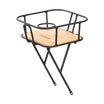
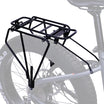
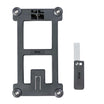

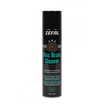
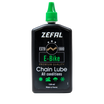
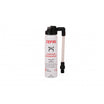
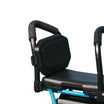

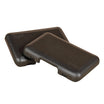


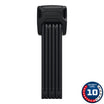
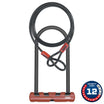
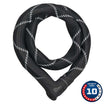
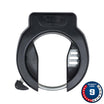
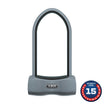
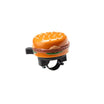
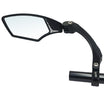
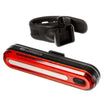
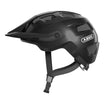

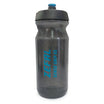

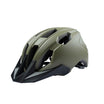
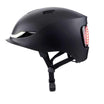
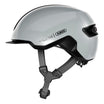
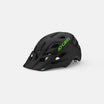
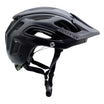

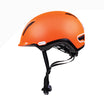
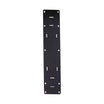
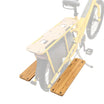
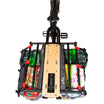

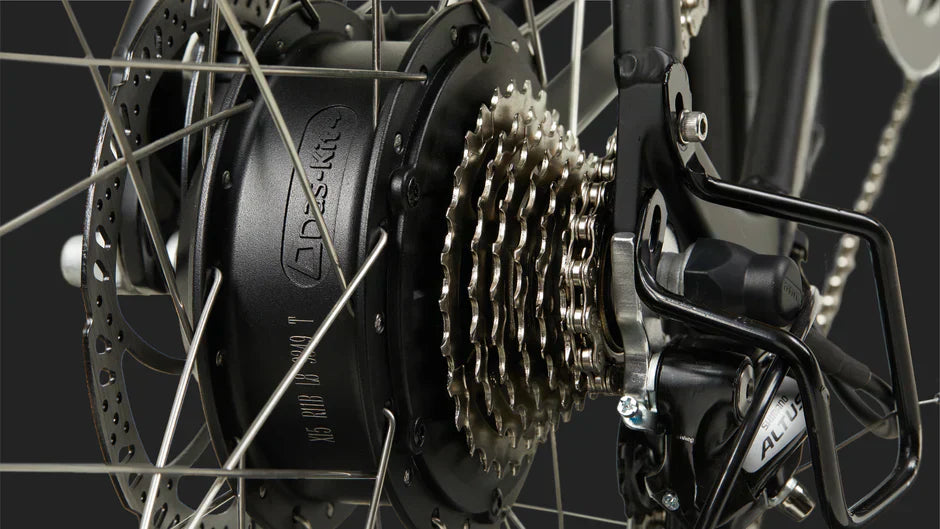
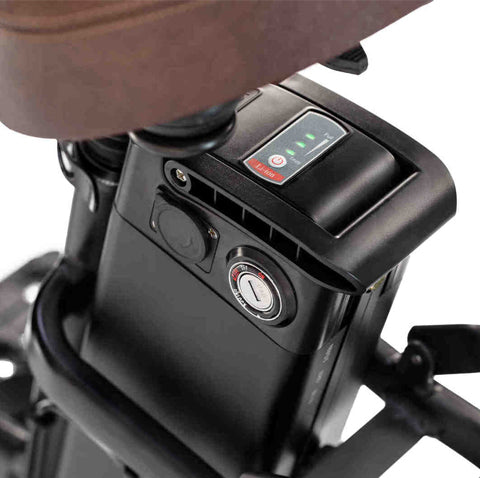
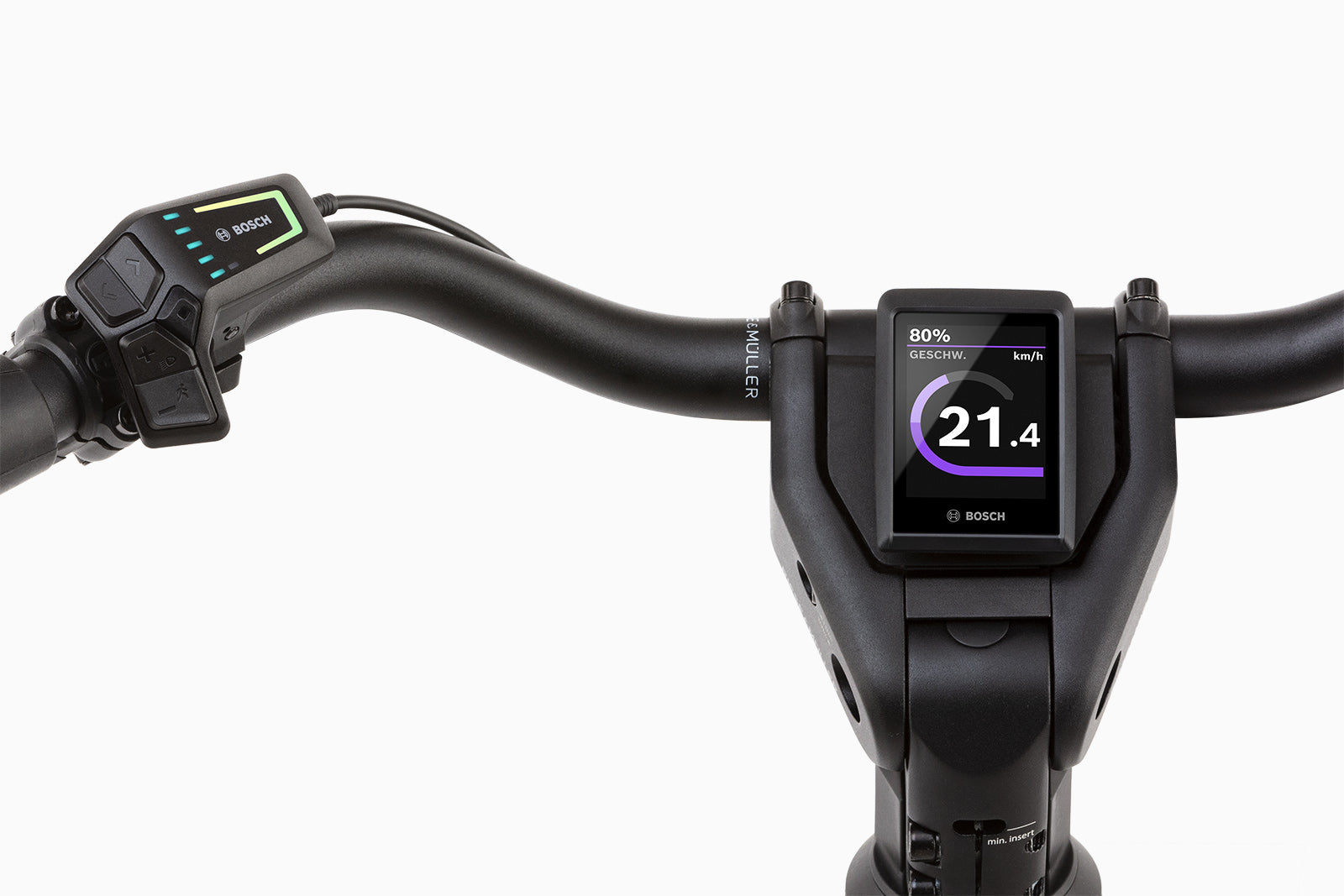

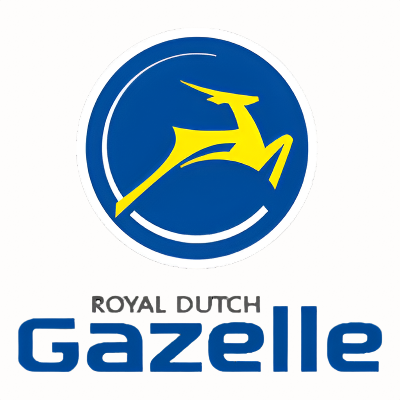
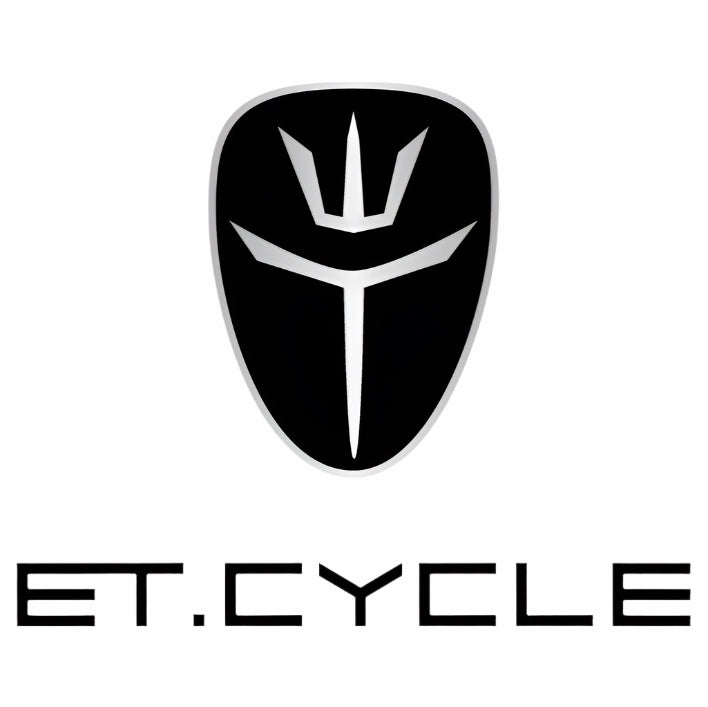
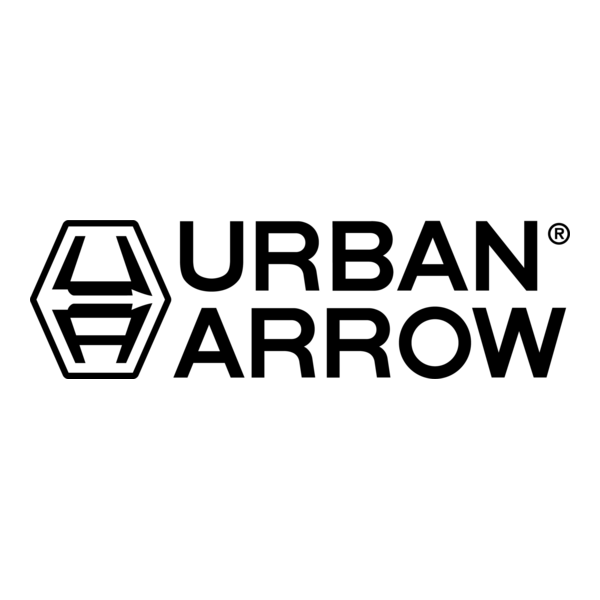
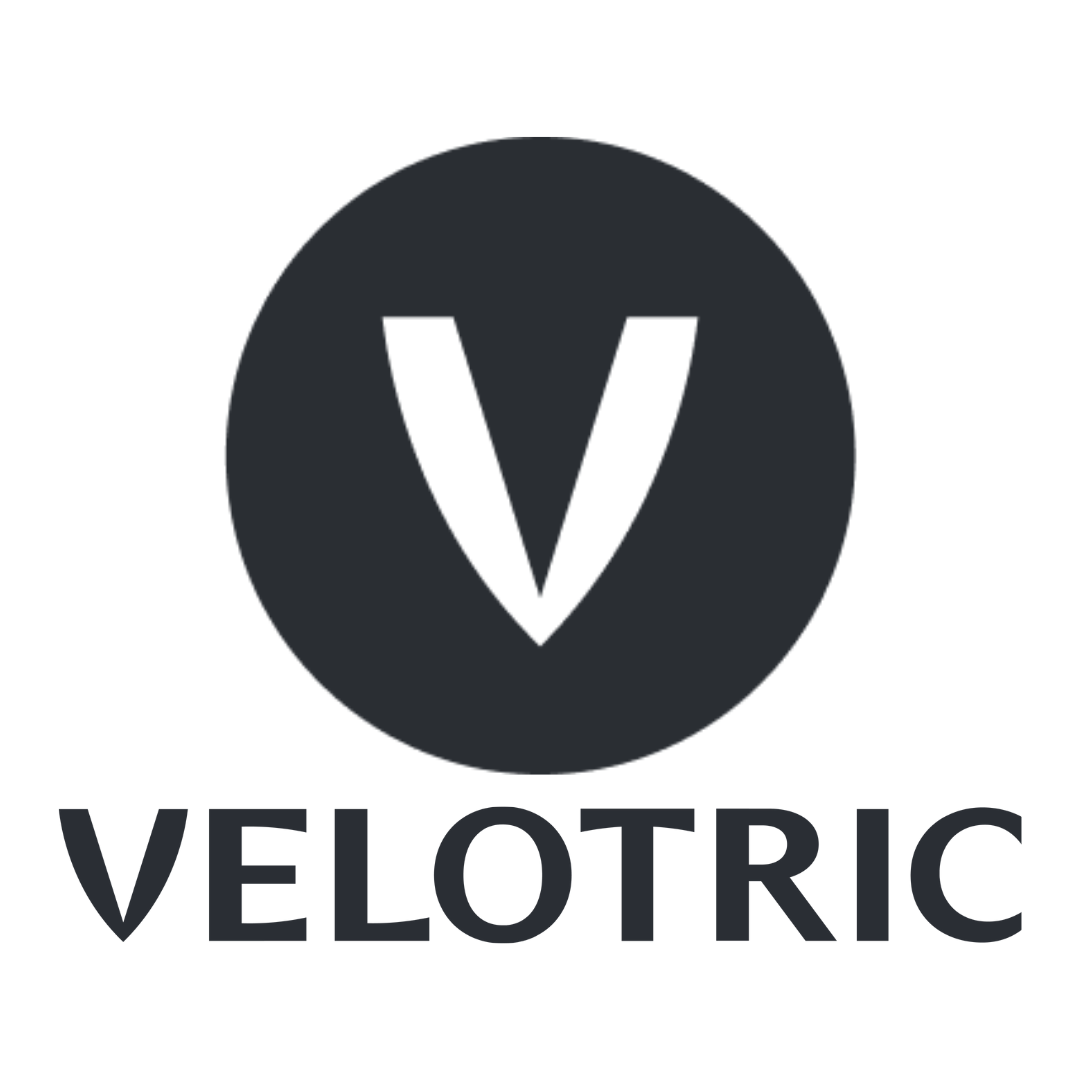

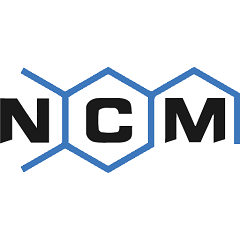
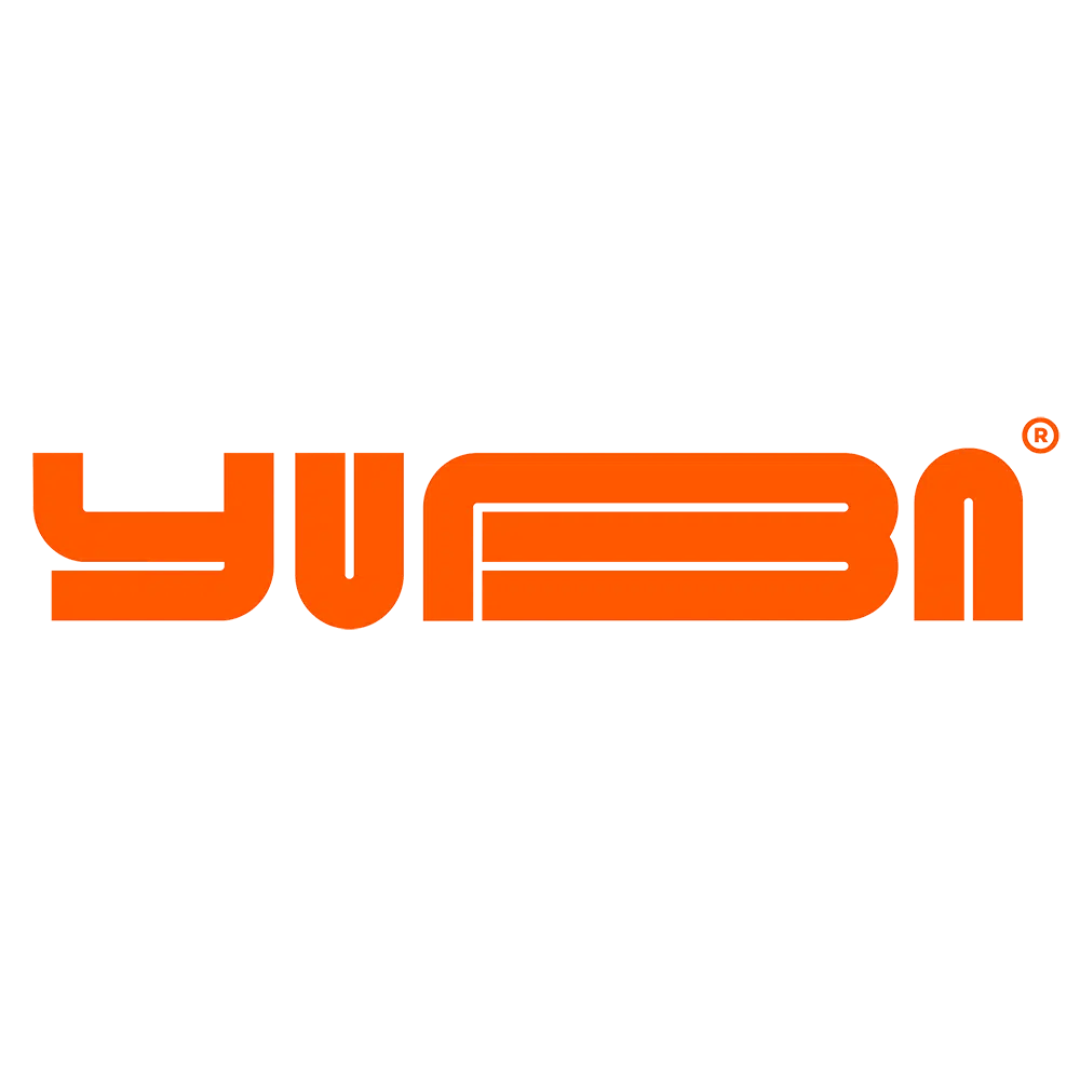


Leave a comment
This site is protected by hCaptcha and the hCaptcha Privacy Policy and Terms of Service apply.